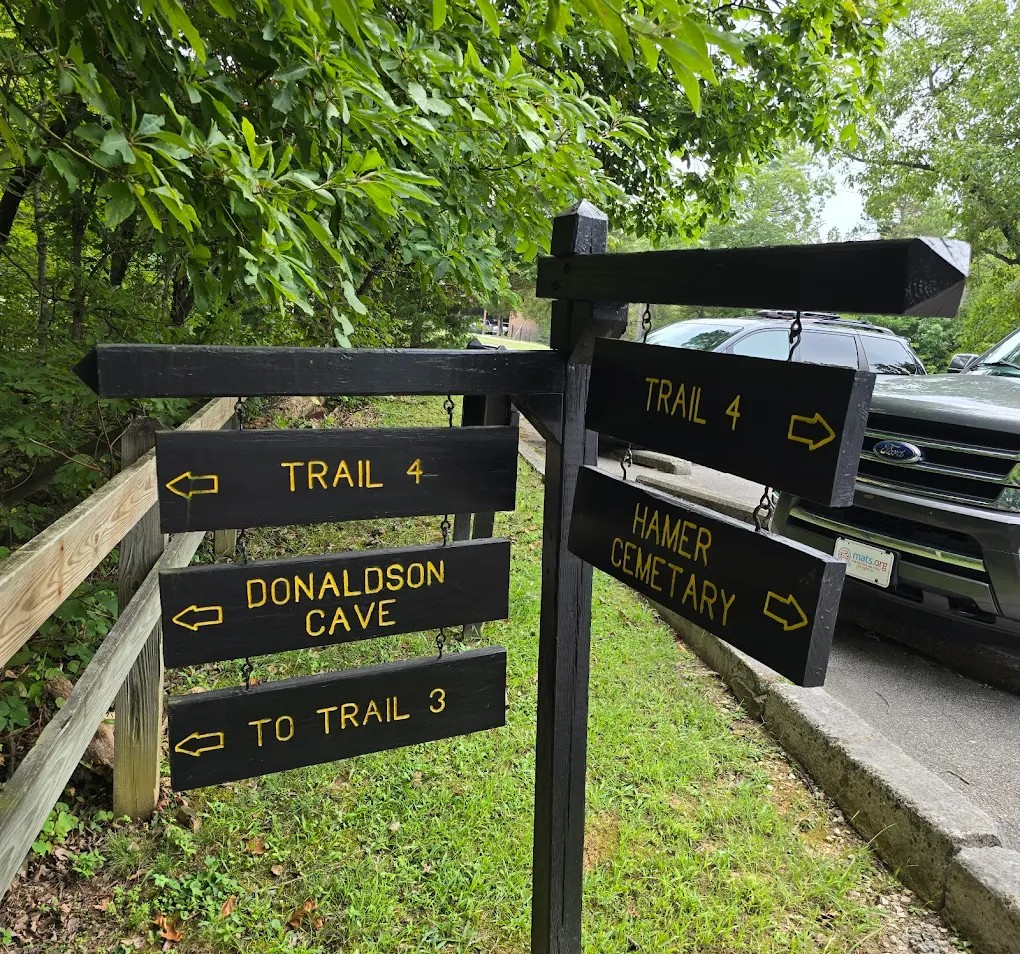Morgan-Monroe State Forest in southern Indiana transforms into a breathtaking display of gold and amber each fall, drawing hikers, photographers, and nature lovers eager to witness one of the state’s most spectacular seasonal changes. Its network of trails offers the perfect way to experience autumn in all its colorful glory.
A Forest With a Storied Past
Covering more than 25,000 acres, Morgan-Monroe State Forest has a history as rich as its landscapes. Once heavily logged in the late 1800s and early 1900s, the land was purchased by the state in 1929 and gradually restored through reforestation efforts. Today, it’s a thriving forest home to diverse wildlife, hardwood stands, and scenic ridges that change dramatically with the seasons.
The forest’s location between Bloomington and Martinsville makes it accessible for both day-trippers and weekend campers. While it’s beautiful year-round, autumn turns its hillsides into a painter’s palette of yellows, oranges, and reds.
The Beauty of the Fall Transition
By mid-to-late October, the hardwood canopy begins its transformation. Maples, hickories, and oaks shift from deep summer greens to vivid shades that glow under the soft autumn sun. On clear days, the contrast between blue skies and golden leaves is nothing short of magical.
The cool, crisp air adds to the sensory experience, carrying the scent of fallen leaves and the distant sound of acorns dropping. For many visitors, this is the quintessential Indiana autumn moment—quiet, reflective, and utterly captivating.
Hiking Trails to Explore
Morgan-Monroe State Forest offers a variety of trails for different skill levels, each offering unique vantage points to enjoy the fall colors. The Three Lakes Trail, a 10-mile loop, is a favorite for its scenic views of forested ridges and serene lake shores. The Low Gap Trail, a 10-mile backcountry route, takes hikers deeper into the heart of the forest and offers plenty of solitude.
Shorter options, like the Mason Ridge Campground Trail, are perfect for families or those looking for a more leisurely walk. No matter the route, hikers are rewarded with views that make every step worth it.
Photography Hotspots
Autumn turns the forest into a photographer’s dream. The overlook near Bean Blossom Road offers panoramic views of rolling hills ablaze with color. Reflections of gold and red leaves in Cherry and Bryant Creeks create postcard-worthy scenes. Early morning visits can reward photographers with mist drifting through the trees, adding a layer of magic to already stunning compositions.
Wildlife Encounters
Fall is also a busy time for wildlife in the forest. White-tailed deer are more active during mating season, wild turkeys roam through open clearings, and migratory birds pass through on their journey south. Squirrels can often be seen gathering acorns, preparing for the coming winter.
Visitors who tread quietly may be rewarded with glimpses of shy forest residents like foxes or pileated woodpeckers. For birdwatchers, the variety of species makes the trip even more rewarding.
Camping and Lodging
The forest offers primitive campsites for those wanting to immerse themselves in the autumn atmosphere overnight. These sites are scattered throughout the forest, often near trailheads, making them ideal for hikers. The lack of modern amenities means campers can enjoy a truly rustic experience under a canopy of glowing leaves.
For those preferring more comfort, nearby Bloomington and Martinsville offer hotels, cabins, and bed-and-breakfasts. Staying overnight allows visitors to catch both sunrise and sunset in the forest, when the light makes the foliage even more vivid.
Best Time to Visit
The timing of peak color varies slightly from year to year, but mid-to-late October is usually the best bet. Cooler nights and sunny days bring out the richest hues, and weekends during this period often see the most visitors. If you prefer a quieter experience, aim for weekday mornings when the trails are less crowded.
What to Bring
- Comfortable hiking shoes with good traction for uneven terrain.
- Layers of clothing to adapt to changing temperatures.
- A camera or smartphone to capture the vivid scenery.
- Plenty of water and light snacks for longer hikes.
Nearby Attractions
Pair your forest visit with other nearby attractions to make a full day or weekend trip. Oliver Winery, just outside Bloomington, offers scenic tastings that complement the fall experience. Brown County State Park, known as “the Little Smokies,” is also a short drive away and features its own stunning leaf displays.
Franklin, Martinsville, and Bloomington all offer local dining options, from cozy cafes to farm-to-table restaurants that serve seasonal dishes perfect for autumn.
Preserving the Forest
The beauty of Morgan-Monroe State Forest is the result of decades of careful stewardship. Visitors are encouraged to follow Leave No Trace principles—stay on marked trails, carry out all trash, and respect wildlife. These simple steps ensure the forest remains a golden paradise for generations to come.
Volunteer programs often provide opportunities for individuals and groups to help maintain trails, remove invasive plants, and support conservation projects.
Why You’ll Want to Return
While the autumn display is a highlight, Morgan-Monroe State Forest offers beauty in every season. Spring brings wildflowers, summer offers lush greenery, and winter transforms the landscape into a peaceful, snow-dusted retreat. But for many, the golden glow of fall will always be the most memorable.
Walking through its trails during peak color feels like stepping into a dream—one painted by nature itself. Whether you come for a short stroll, a challenging hike, or an overnight camping trip, the forest delivers an experience that lingers long after the leaves have fallen.




